Picture this: your students are huddled together, whispering excitedly, solving math problems, rereading a text to find a clue, and—most surprisingly of all—working harder than ever without a single groan. It’s not a dream. It’s an escape room.
No, not the kind with padlocks and hidden compartments (though that would be fun). I’m talking about classroom escape rooms — academic challenges disguised as thrilling missions that motivate students to work together, think critically, and apply what they’ve learned in a whole new way.
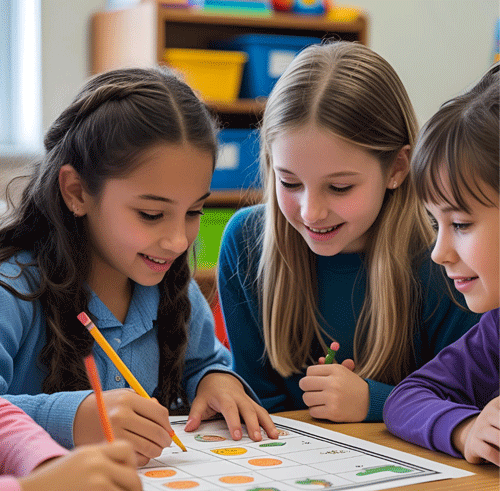
If you’ve never tried one, here’s why now might be the perfect time to add this strategy to your teaching toolkit.
Escape Rooms Supercharge Engagement
When was the last time your entire class was laser-focused, willingly rereading a passage or double-checking a math problem? Escape room activities turn ordinary review into high-stakes fun. With a shared goal “escape the cave,” “find the oasis,” “rescue the animal,” students feel like part of something bigger. Even reluctant learners find themselves pulled in by the storyline, the puzzles, and the thrill of solving the final clue.
These experiences tap into students’ natural love of games and challenges. And because they’re structured around curriculum content, you can be confident that it’s not just fun—it’s purposeful fun.
They Build Teamwork and Communication
We’ve all seen what can happen when students are asked to “work in groups” without clear expectations. Cue the eye rolls, the off-topic chatter, or one student doing all the work. But something shifts in escape room-style tasks. Because students need each other to solve the challenges, collaboration becomes meaningful.
You’ll hear things like:
- “Wait, I think I remember that in the passage!”
- “Can you double-check my math on this one?”
- “What do you think this clue means?”
They’re asking each other questions, explaining their thinking, and—perhaps most importantly—learning how to listen and contribute respectfully. Soft skills with strong academic impact.
They Encourage Perseverance and Problem Solving
There’s something uniquely satisfying about solving a puzzle. In escape room tasks, students often hit a wall before figuring something out—and that’s a good thing. They’re learning how to persist through trial and error, recheck their work, and look for patterns. These moments of productive struggle are golden for developing problem-solving stamina.
Instead of rushing through a worksheet just to be done, students slow down, revisit, and care about getting it right, because the next step depends on it.
You Can Reinforce Multiple Skills at Once
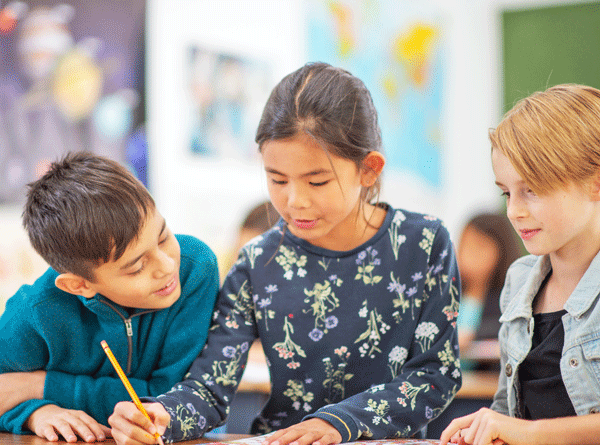
Escape rooms are naturally interdisciplinary. A single activity might include:
- A nonfiction reading passage with text-based questions
- A math word problem requiring two-step computation
- A vocabulary puzzle involving synonyms or context clues
- A graph or chart that students need to interpret
- A decoding challenge using critical thinking
This makes them perfect for review weeks, test prep, or any time you want to revisit and reinforce prior learning in a creative way. It’s one of the few activities where reading, writing, math, and thinking can truly happen side-by-side.
They’re Easier to Implement Than You Think
If you’re imagining hours of prep, laminated cards, or locked boxes, take a deep breath. Escape room-style learning doesn’t have to be complicated.
Here are a few simple ways to get started:
✅ Use printable clues: Hand out tasks as paper stations or packets. Teams complete one task at a time and check in with you before getting the next clue.
✅ Try it whole-group first: Model the activity with the class before assigning teams. This helps set expectations and introduces the format.
✅ Use folders or envelopes: Keep each task separate and organized. Students open them in order after completing the previous one.
✅ Set a time limit (or don’t): You can create urgency with a timer, but some groups work better without the pressure.
✅ Reward effort, not just speed: Celebrate teams for teamwork, accuracy, or perseverance, not just being first to finish.
Ready to Give It a Try?
Escape rooms have become one of my favorite ways to make learning stick—and sneak in a whole lot of joy in the process. If you’re curious about trying this in your own classroom but short on time to build your own from scratch, I have several printable escape room resources ready to go. They’re low-prep, skill-based, and classroom-tested.
You can explore them HERE!
Happy escaping—and even happier learning.
—Alison
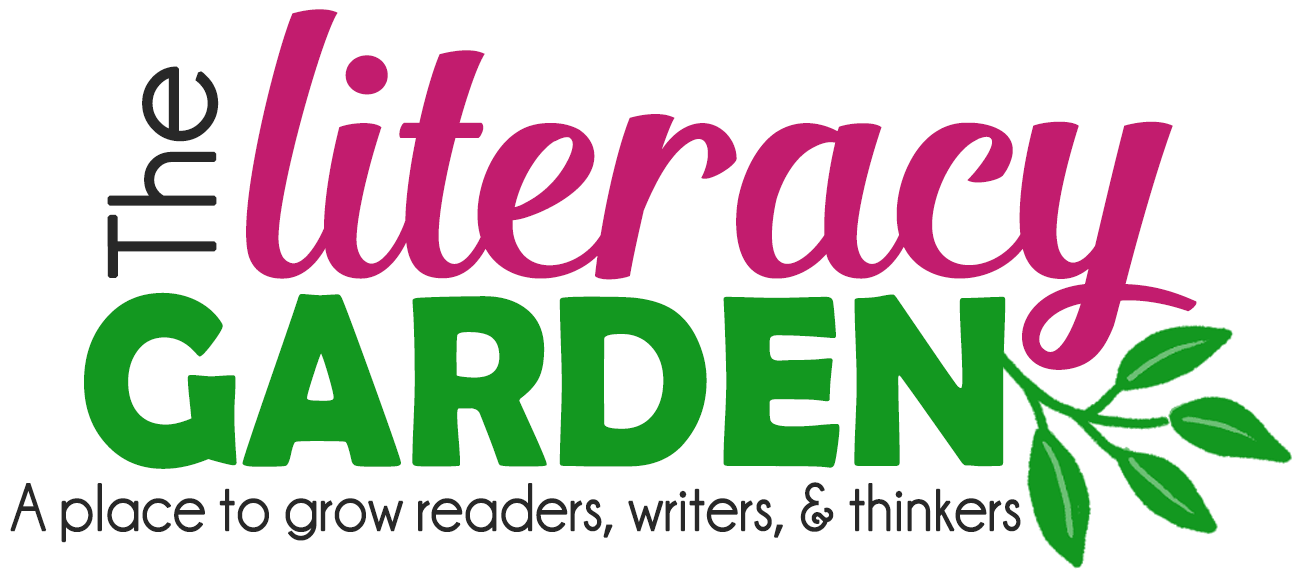

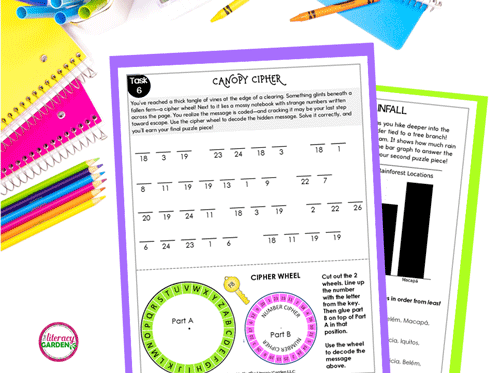
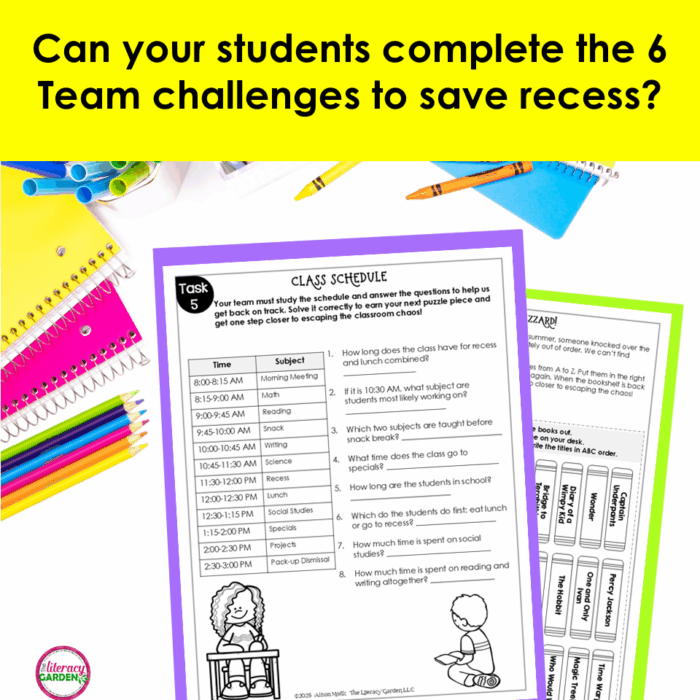
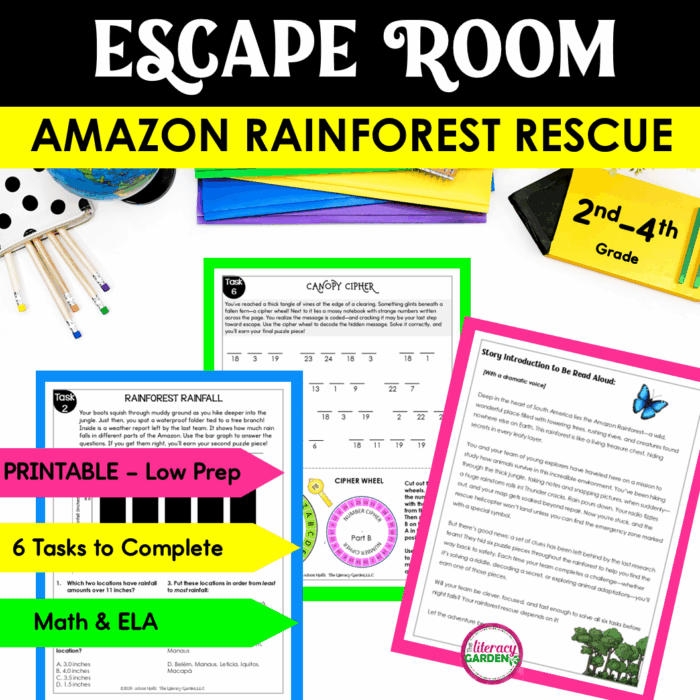
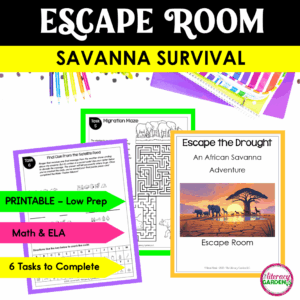
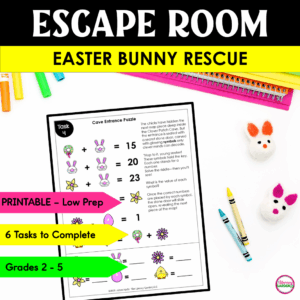

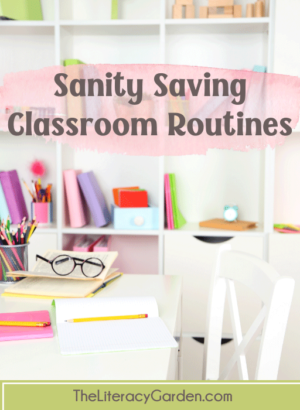
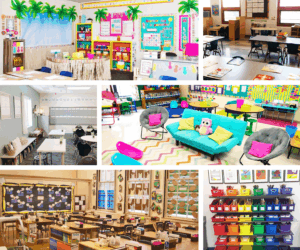


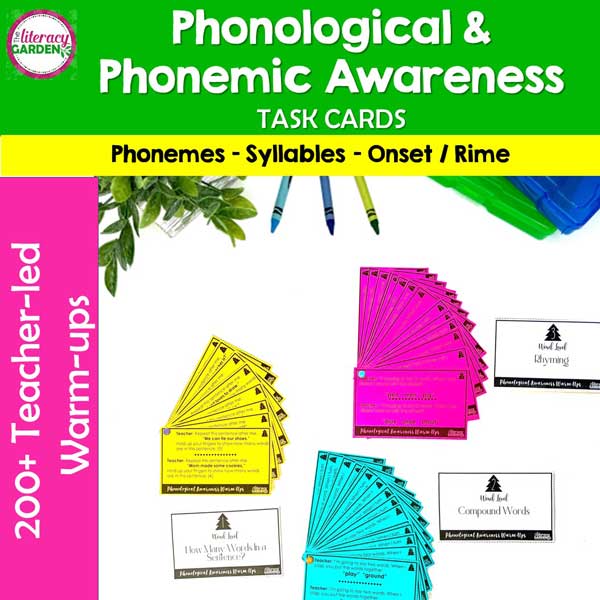
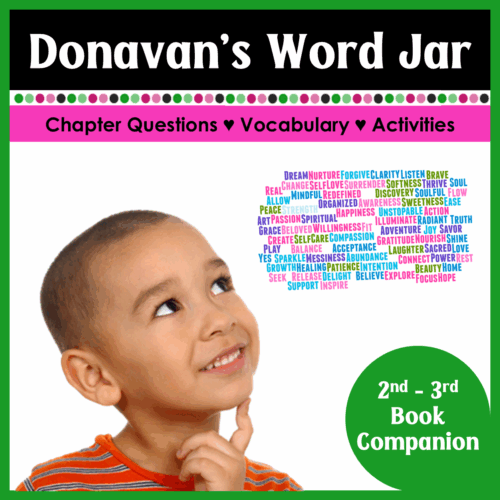

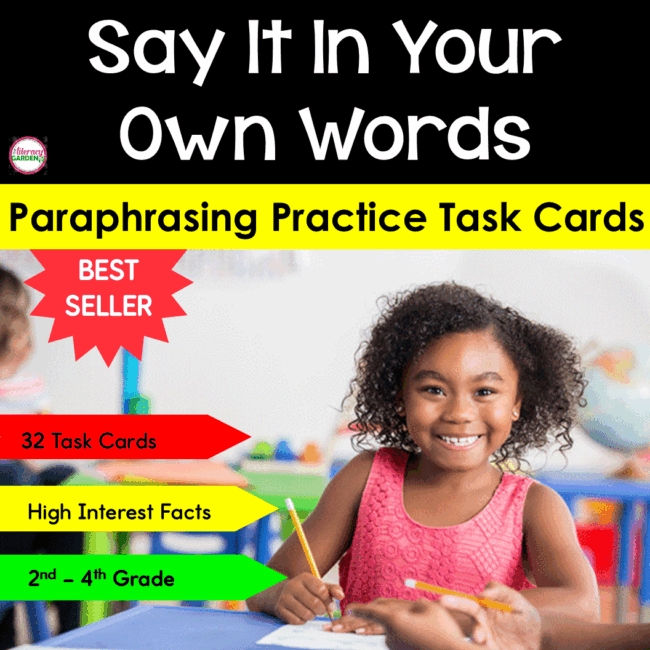
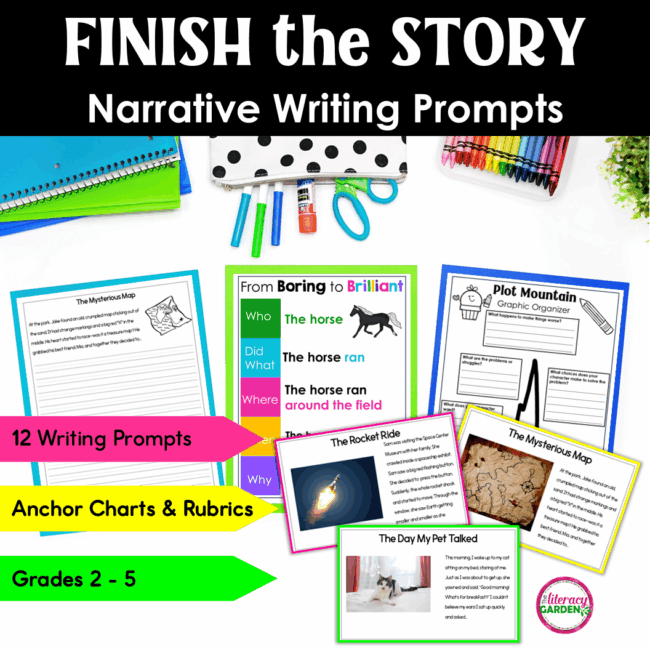
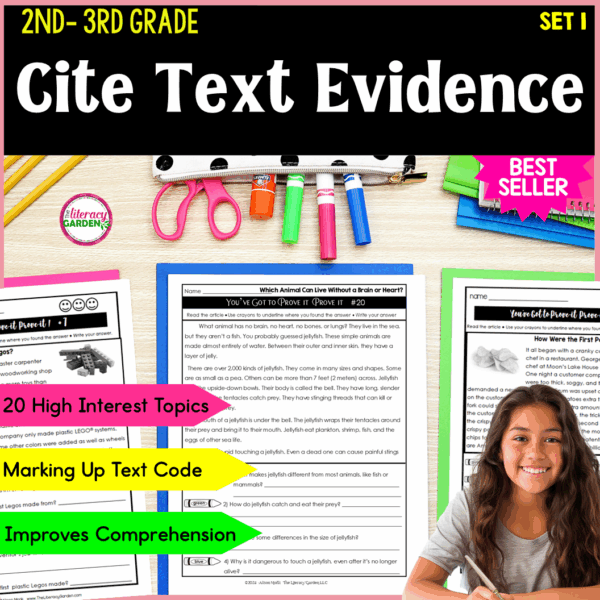
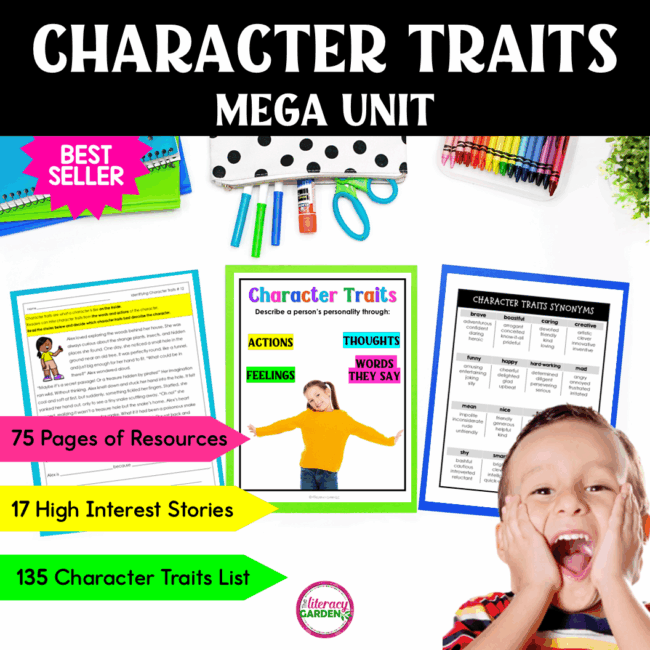

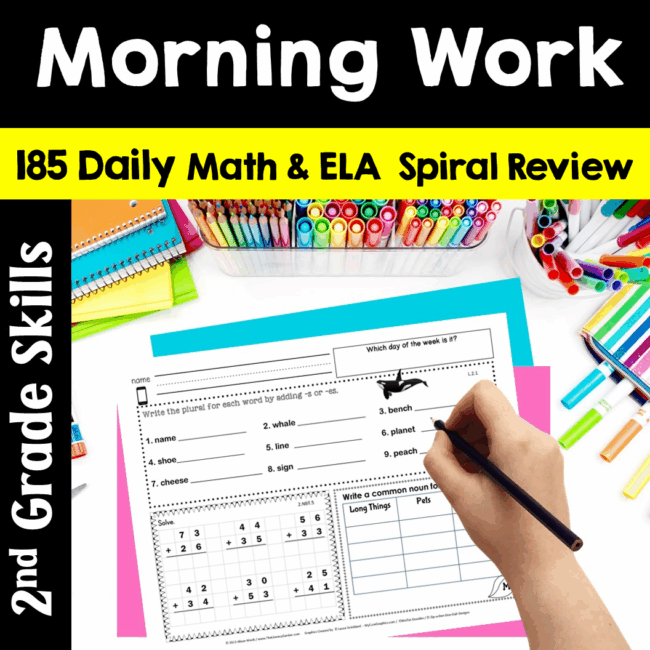


No Comments